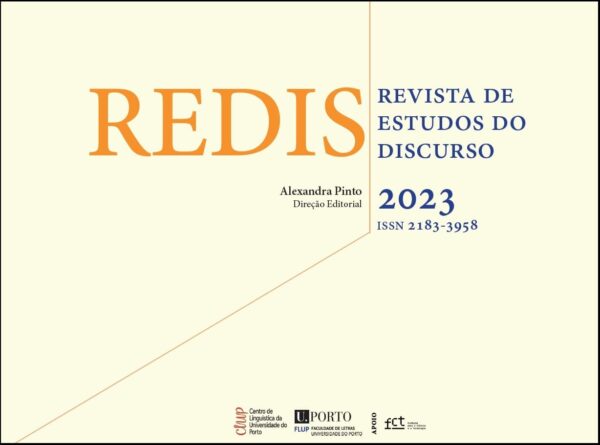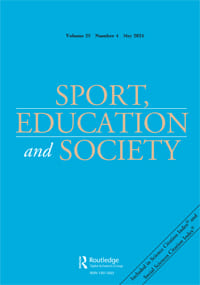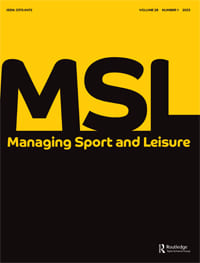Desde a Copa de 1938, o estilo brasileiro de futebol tem se tornado cada vez mais textualizado e estereotipado. Discursos jornalísticos, publicitários e até mesmo históricos e antropológicos contribuíram para naturalizar as performances brasileiras nos campos de futebol ou relacioná-las a algumas supostas habilidades corporais afro-brasileiras ou a outras práticas nacionais, como o samba e a capoeira. A tal ponto que, hoje, o jeito brasileiro de jogar futebol é uma forma explícita de vida cultural, que se reflete internacionalmente na imagem global do Brasil. O objetivo deste trabalho é apresentar uma perspectiva semiótica do seu processo de formação e discursivização. Mais especificamente, procuraremos descrever como é o resultado da interação entre as diferentes camadas glocais: 1. a ascensão e queda do futebol amador, jogado pelas elites de São Paulo e Rio de Janeiro e marcado pela aquisição de tendências e hábitos europeus; 2. uma interpretação e aplicação local das regras do jogo, particularmente da regra do charge (tranco), que foi rigorosamente interpretada como uma falta (o que favoreceu o desenvolvimento de uma forma menos física de jogar); 3. a reconfiguração da tensão social e étnica – que permeou o Brasil após a abolição da escravatura – dentro (e fora) dos campos de futebol; e 4. a globalização discursiva – via futebol – de características afro-brasileiras (como a ginga) em todo a cultura brasileira.

Futebol brasileiro: o estilo, o jogo, a história
Arquivos
Resumo
Abstract
Since the 1938 World Cup, the Brazilian way of soccer has increasingly become textualized and stereotyped. Journalistic, marketing, even historical and anthropological discourses all contributed to naturalize Brazilian performances on the soccer fields, either relating them to some assumed Afro-brazilian’s “innate” bodily skills or to further Afrobrazilian bodily practices – such as samba or capoeira. All this was so intense that nowadays the Brazilian way of playing soccer is an explicit form of cultural life, which internationally reflects the global image of Brazil. The aim of this paper is to present a semiotic perspective on the process of formation and discoursivization of the Brazilian way of soccer. More specifically, we will seek to describe how is the result of the interplay among different glocal layers: 1. the rise and the fall of the amateur soccer, played by the elites of São Paulo and Rio de Janeiro and marked by the assumption of European trends and habits; 2. a local interpretation and application of the game rules, particularly the charge rule, which was strictly interpreted as a foul (favouring the development of a less physical way of playing); 3. the reconfiguration of the social and ethnic tension – that pervaded Brazil after the slavery abolition – inside (and then outside) the soccer fields; 4. the discursive globalization – via soccer – of the Afro-brazilian characters (such as ginga) in the whole Brazilian culture.
Referência
DEMURU, Paolo. Futebol brasileiro: o estilo, o jogo, a história. dObra[s]. São Paulo, v. 4, n. 9, p. 85-91, 2010.Leituras recomendadas
-

Racismo, ressentimento e resistência: o baile de Vinicius Junior sobre o recalque espanhol
Gustavo Amaral Coimbra, Kátia Menezes de Sousa -

Sexism, abuse and threatening behaviour: experiences of women football referees in amateur and semi-professional men’s football in the UK
Laura Gubby, Shannon Martin -

Using composite performance variables to explain football players’ market values
Christer Thrane -

Football hooliganism: comparing self-awareness and social identity theory explanations
Alain Van Hiel, Lobke Hautman, Ilse Cornelis, Barbara De Clercq





